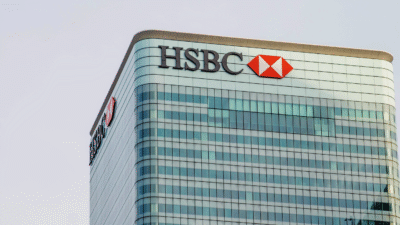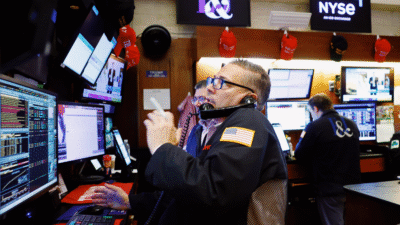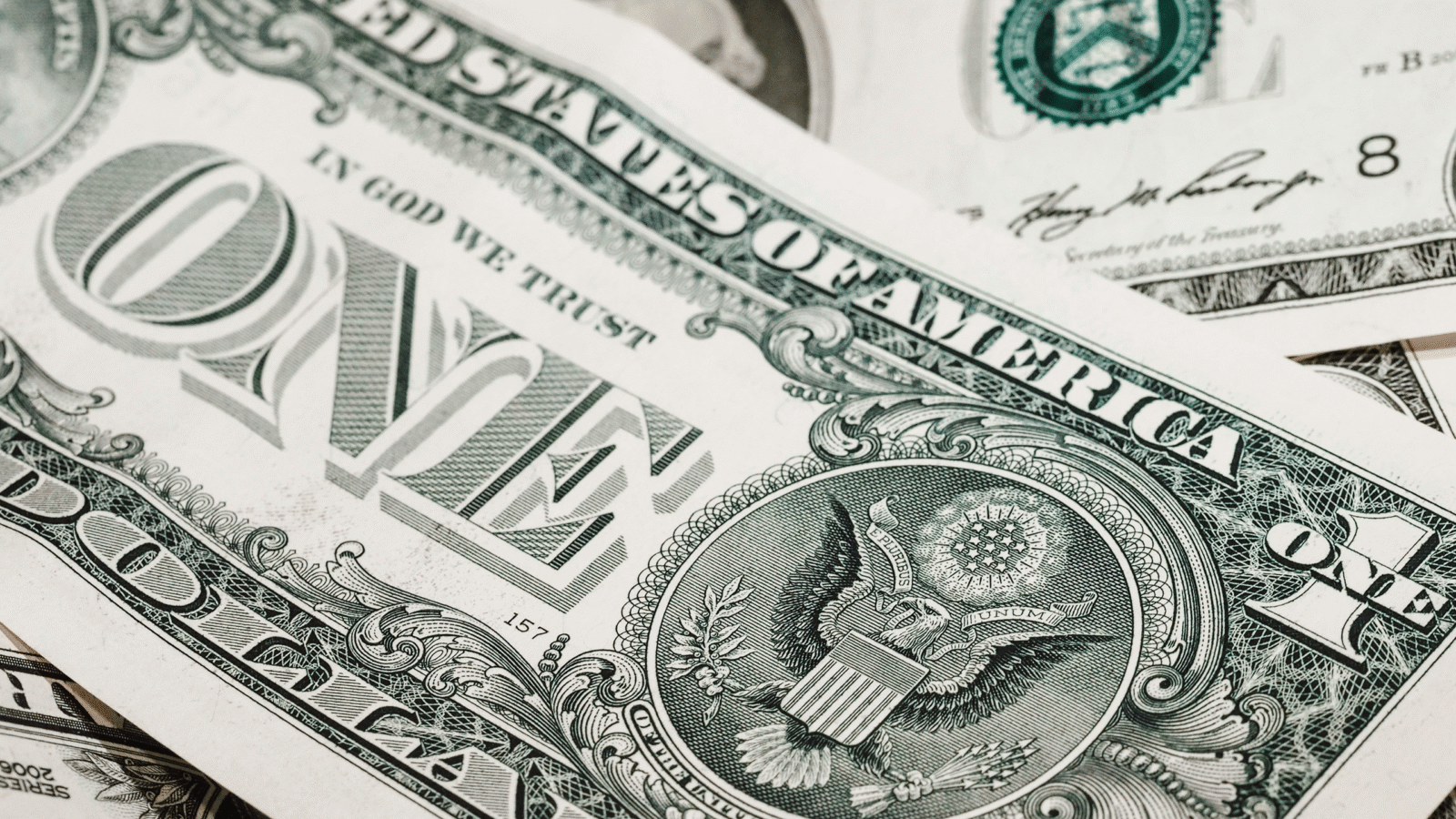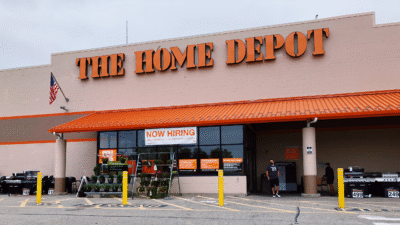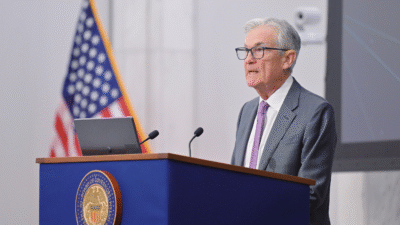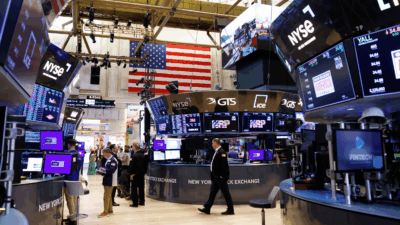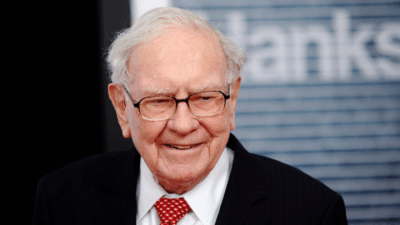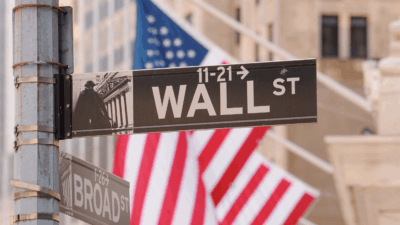Sign up for smart news, insights, and analysis on the biggest financial stories of the day.
Shipping costs at some of the world’s largest cargo companies have skyrocketed in recent months.
How It’s Played Out
It’s like the opposite of the old saying, “I’m not buying what you’re selling.”
On Wall Street, big companies are buying, just as their executives sell off stocks at a rate that hasn’t been seen in decades.
Insiders and Buybacks
Insider traders have treated their companies’ stocks like a fire sale the first two weeks of 2021. They have made 1,000 sales and 128 purchases of company stock, according to Bloomberg, bringing the insider sell vs. buy ratio to 8:1, the highest point since 1988. (It rarely exceeds 4:1).
As they unload, corporations have purchased $29 billion in stock buybacks, up 46% from last year.
- This is not an apples-to-apples comparison. The monetary amount of executive sales is about $300 million, a far cry from the $29 billion in company buybacks.
Still, this is confusing: Major companies and their highest-profile employees are usually much closer to being on the same page.
But we’re in an unusual time. Last year, companies that received government aid had to halt buybacks. Many, like Netflix, are now anticipating positive cash flows for the first time in several quarters and can use buybacks to return value to shareholders.
Their top employees, however, already went all-in. In March 2020, when the stock market tanked, insider buying reached its highest rate in nine years. They’ve now apparently decided their companies are fairly valued.
The Takeaway:
Retail investors in a tough spot. But investment analyst Bill Callahan told Bloomberg he observed the mixed signals this way: “Buybacks are a capital allocation decision with other people’s money whereas you’ve got to be really bullish to put your own money in there.”

